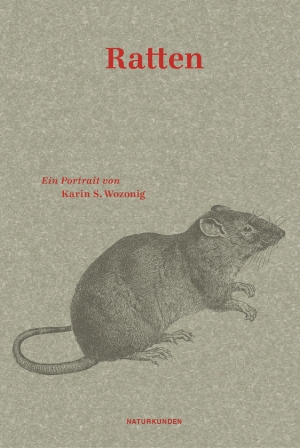Norway rat, house rat or wistar rat – the species of the genus Rattus are numerous, which is hardly surprising given that they have spread from Asia across the whole world over the course of time because they are able to adapt to local living conditions like almost no other animal. As omnivores, rats in the wild feed on plants as well as animal carcasses, in New York on leftover pizza and in Berlin on discarded kebabs. This is probably why most people believe that there are always rats in their neighbourhood, some even estimate the ratio to the population at 1:1. It is impossible to determine how many rats there really are, as they love dark corners and are good at hiding. However, if you count their multiple appearances in fiction by Selma Lagerlöf, Gerhart Hauptmann and Marlen Haushofer, as well as in myths and fairy tales, such as the Pied Piper of Hamelin, you slowly begin to realise their astonishing diversity, cunning and resilience. While the rat is revered in Hinduism and Buddhism, the Western world has long ascribed to it the role of disease vector, vermin or unwelcome guest that strays onto merchant ships, and sometimes it is even said to rain rats from storm clouds. However, the fact that rats are used as model organisms in experiments and animal testing shows that this furry rodent with its ever-growing teeth has at least as much to say about us humans.
Non-fiction
Karin S. Wozonig, born in Graz, studied Comparative Literature, English and German Studies in Vienna and Los Angeles, researches and publishes on chaos theory and 19th century literature. She lives in Vienna.







